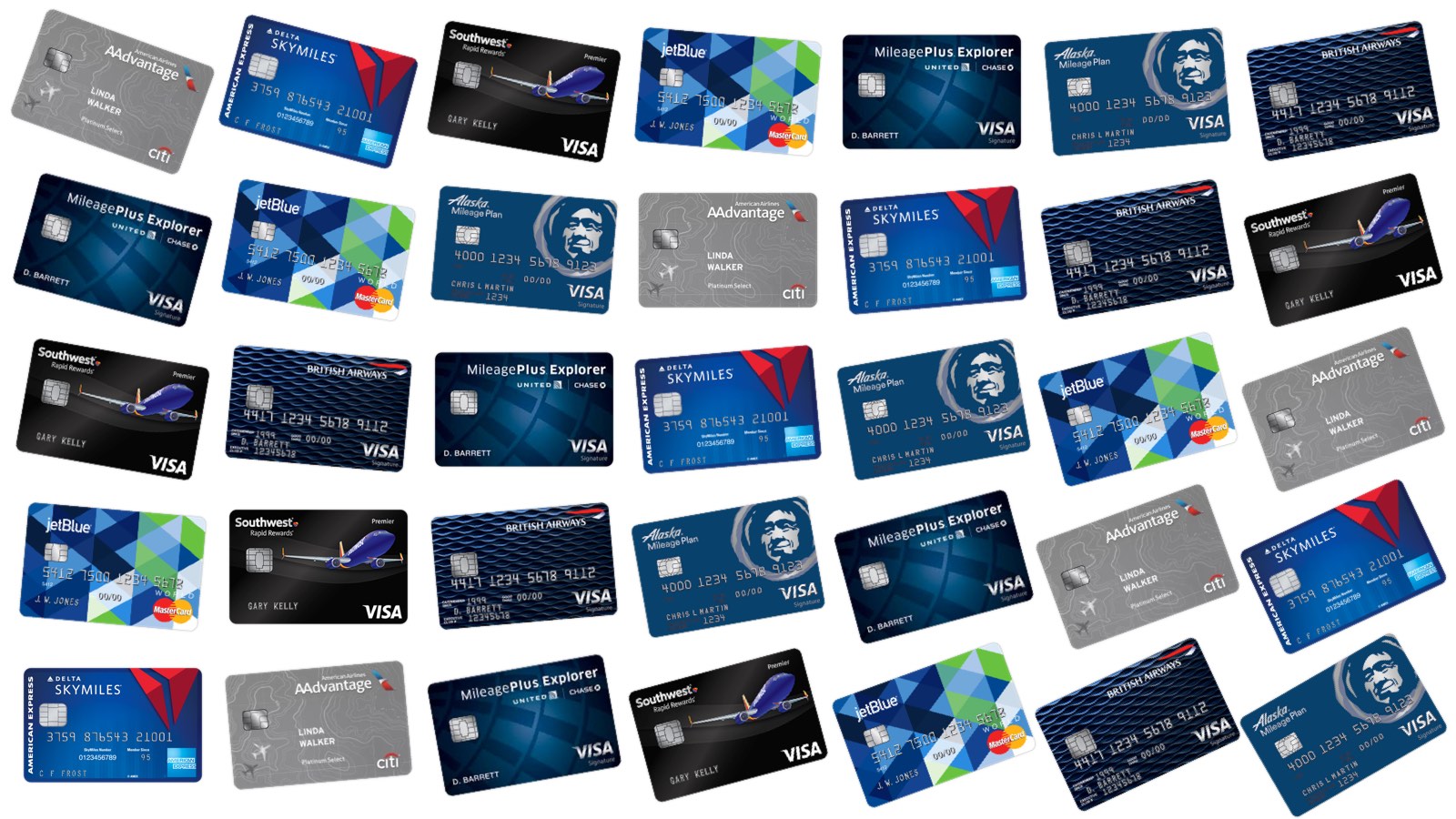What’s the point of airline credit cards in a Sapphire Reserve world?

Travel-focused credit cards like the Chase Sapphire Reserve and American Express Platinum — which let you earn points rapidly and redeem them for a variety of free travel — have leapfrogged airline and hotel credit cards in value and utility over the past few years.
And that makes sense: Why restrict yourself to earning miles for one airline’s frequent-flyer program when you can earn points toward booking flights on any airline you want — or transfer them to a dozen or more airline and hotel partners? Especially as airlines continue to do things that make their points worth dramatically less, like increasing how many points they charge for award flights, or reducing how many award seats they release per flight.
A few Points Party readers (hi, Rachael!) have written in to ask questions like: Why keep a United Visa card when you can earn the same — or more — United points by using a Chase Sapphire Reserve and simply transferring them over to United?
The answer depends on a few factors, including how often you fly, whether you have (or care about) elite airline status, if you check bags, and if you want to use specific airline lounges.
Points value aside, sometimes it’s useful to have airline cards for their other benefits, even if you don’t shop with them.
- Some of these benefits seek to restore humanity to the travel process: Many cards offer free checked bags and early boarding, which can be useful perks if you like to fly the same airline but don’t fly enough to have elite status, which typically includes both of those privileges.
- Some help you earn elite status faster — which leads to things like free upgrades, fewer airline fees, and global lounge access — by spending a certain amount of money on the card.
- Some also include airline lounge/club membership as part of their (usually more expensive) annual fees.
As an example, let’s look at the most potentially useful benefits attached to the American Airlines Aviator Red MasterCard from Barclays, which has a $95 annual fee — pretty standard for a basic “co-branded” airline card:
- Free checked bag for you and up to four others on your reservation when traveling on American (this savings could pay for the card in one family trip)
- Preferred boarding (handy if you want to board while there’s still overhead storage space)
- 10% of your miles back for the first 100,000 miles you redeem per year on awards (that’s essentially up to 10,000 miles back, worth ~$100+)
- Some award travel at a cheaper rate (hit or miss)
- 50,000 miles after making your first purchase and paying your annual fee
Again, many of these benefits can be helpful — or even profitable — even if you don’t use the card to shop frequently.
Then for those who care, there are some benefits that come if you spend a lot of money on the card:
- $3,000 in Elite Qualifying Dollars when you spend $25,000 on purchases during the course of a year (can be a huge boost toward earning the next level of elite status if, like me, you fly American a lot but mostly on cheap coach tickets — this alone is why I keep a version of this card, the Aviator Silver)
- $100 flight discount if you spend $30,000 during your cardmembership year (fine, but not worth chasing)
Pretty much every airline has a card or two like this, each with its own perks and quirks. Alaska Airlines’ card, for example, offers an annual “companion fare” that lets you bring a friend along on a flight for $99 plus taxes. Spending $25,000 a year on Delta’s SkyMiles cards from American Express waives your minimum ticket spending requirement to achieve most levels of Delta elite status. And most come with decent sign-up bonuses, if you’re closing in on an award flight.
Still want to get rid of it? Moved cities or switched airlines?
It may be good for your credit score to keep that account open, but simply downgrade it to a different card that has no annual fee.
One of the many components of your credit score involves how long your accounts have been open — the longer, on average, the better, in general. Another is what percentage of your total credit limit you’re using at a time. Call your credit card company for details. They might try to offer you some sort of deal — free miles, usually — to keep the card open. But they should also be able to help figure out a free card that you can keep parked to keep that credit line and limit aging gracefully with no balance.
What about all those points? Do you need to move them?
Generally no. Because airline-branded cards deposit the points directly into your frequent flyer account, the points aren’t tied to your card. If you cancel or downgrade your card, the points don’t disappear. Most airlines do, however, have expiration policies for points, but you should have many months to figure out what to do with them.
